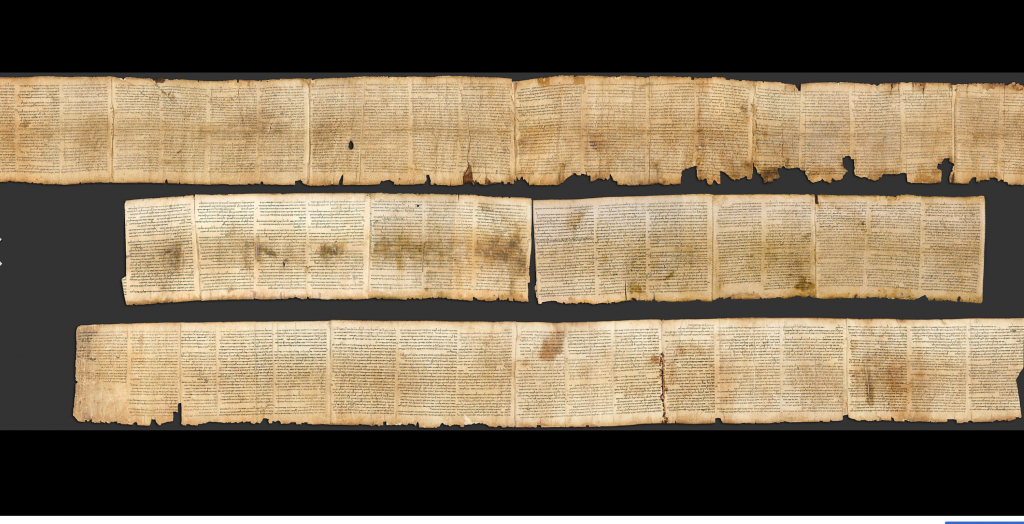
A deep learning algorithm analyzed a Dead Sea Scroll similar to this one to unlock its secrets.
Deep Learning Algorithm Trained on Hebrew Texts Analyzes Dead Sea Scroll
According to a story in ARTnews.com, a recent study of the ancient Dead Sea Scrolls using AI revealed a surprising fact: it was written by two authors, based on both the handwriting and the phrasing.
The study, published in the journal PLOS ONE, details how AI analyzed the best-preserved scroll, the Great Isaiah Scroll, which led to the discovery by using palaeography, or the study of ancient handwriting, as well as visual inspection of characters. The scroll is one of 900 full and partial scrolls that were discovered in Qumran in 1946-47. As the extract from the journal explains:
“Given the statistically significant differences between the two halves, a tertiary, post-hoc analysis was performed using visual inspection of character heatmaps and of the most discriminative Fraglet sets in the script. Demonstrating that two main scribes, each showing different writing patterns, were responsible for the Great Isaiah Scroll, this study sheds new light on the Bible’s ancient scribal culture by providing new, tangible evidence that ancient biblical texts were not copied by a single scribe only but that multiple scribes, while carefully mirroring another scribe’s writing style, could closely collaborate on one particular manuscript.”
Written between the 3rd century B.C.E. and the 1st century C.E. by unknown authors—though originally some theorized that the Essene sect wrote them—a later theory is that the scrolls were written in Jerusalem by individuals from various groups and were hidden in the caves outside of Qumran to protect them from Romans during the siege in 70 CE. Qumran was destroyed in 73 CE.
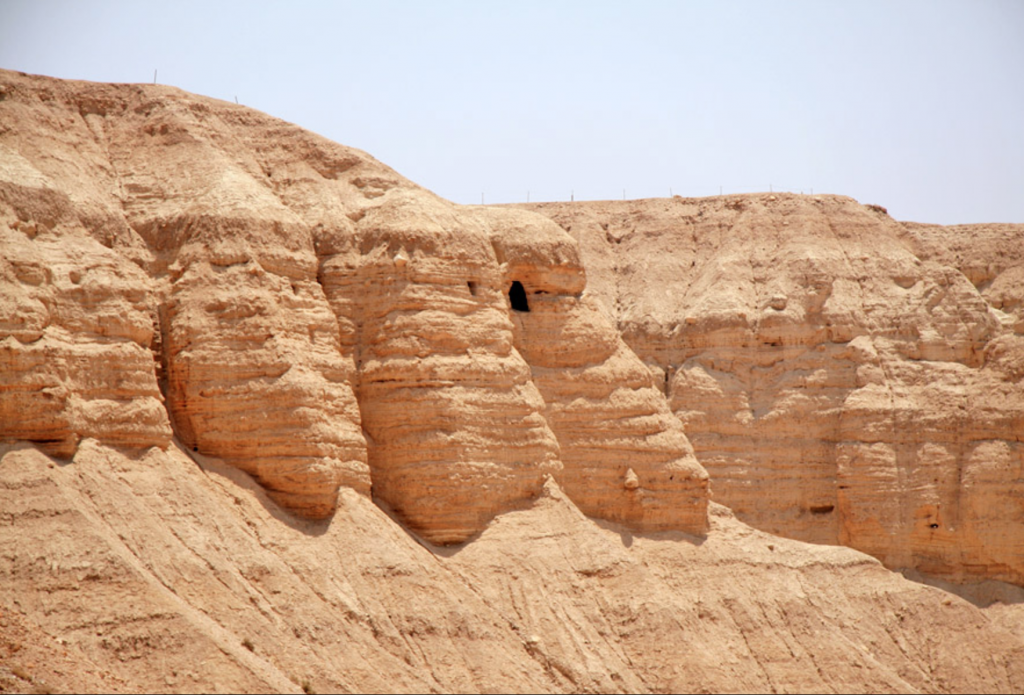
A view of the caves of Qumran, where the Dead Sea Scrolls were originally discovered.
Only in recent years have a wide array of scholars been able to gain access to the scrolls, which had been tightly controlled for decades by the Israel Museum. The authors of the journal story include Mladen Popovic, faculty of Theology and Religious Studies at the University of Groningen, Groningen, The Netherlands; and Maruf A. Dhali and Lambert Schomaker, Department of Artificial Intelligence, Faculty of Science and Engineering, University of Groningen, Groningen, The Netherlands.
“For the choice of machine-learning methods (‘AI’), we use deep learning at the level of image processing for binarization but deliberately avoid the extensive use of parameter-dense methods for the classification stage. It is difficult to reliably apply a deep-learning-based classification method to the given, limited data. The use of neural networks that are pretrained on the needed large collection of extraneous manuscripts (‘transfer learning’) would yield a severe problem in terms of transparency and explainability of results. The idea is to let the given data speak, using proven codebook methods (Kohonen maps: a type of artificial neural network) and proven feature methods designed explicitly for handwriting-style description. For the final decision making, traditional statistical tools are used.”
The authors wrote that AI will be a game-changer when it comes to figuring out the nuances of the scrolls and in analyzing the handwriting.
“In a way that was not possible before, our approach opens access to the tangible evidence of the hitherto almost completely inaccessible microlevel of the individual scribes of the Dead Sea Scrolls and the possibility to examine the different compositions copied by each of the scribes,” the researchers wrote.
The news is exciting for historical and religious scholars, particularly since more scrolls were discovered in March of 2021 by Israeli researchers who unearthed the fragments of parchment in the Judean desert, according to a story on nytimes.com. The discovery came from a four-year project to prevent the continued looting of antiquities from caves east of Jerusalem.
read more at ARTNews.com or PLOS ONE Journal

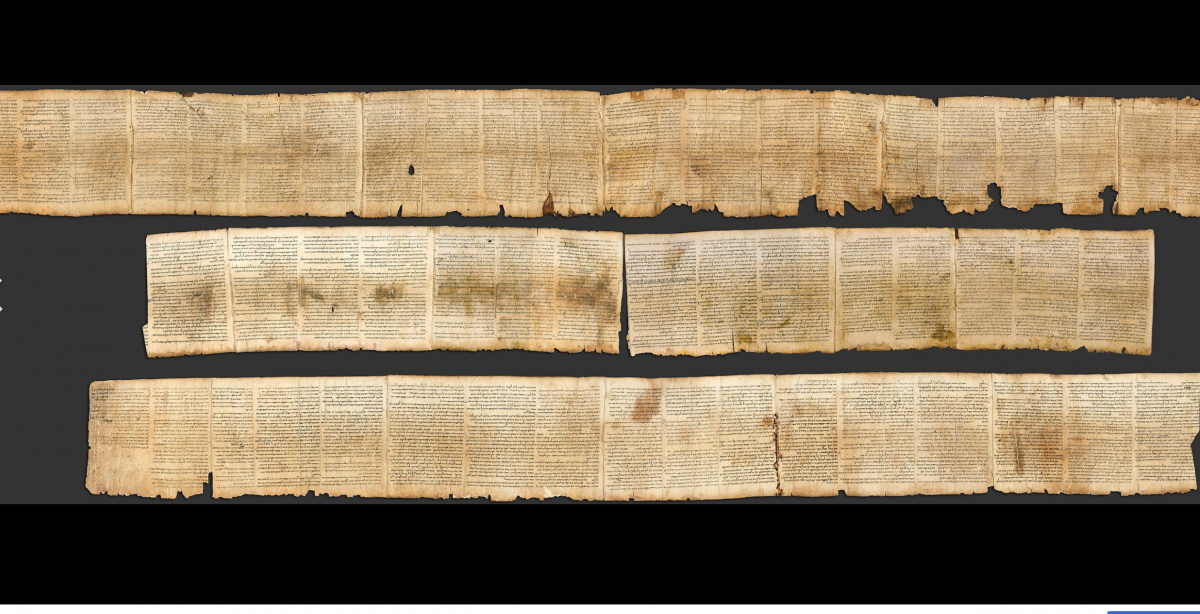
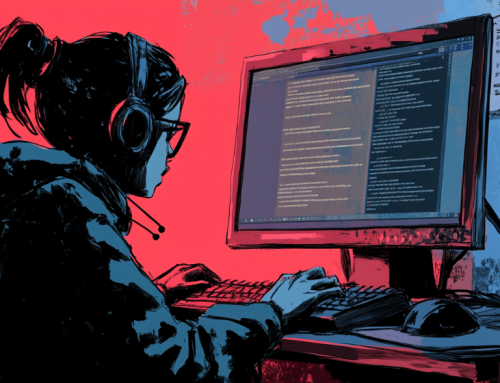

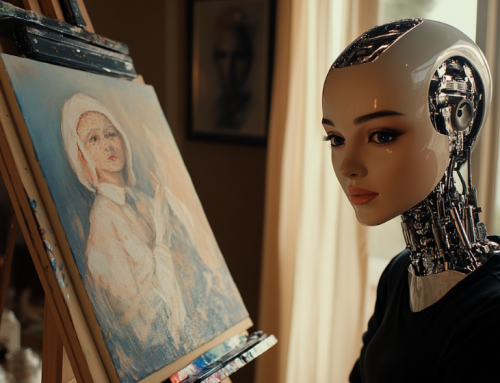
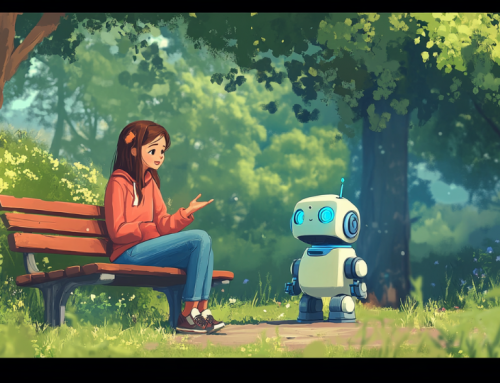


Leave A Comment